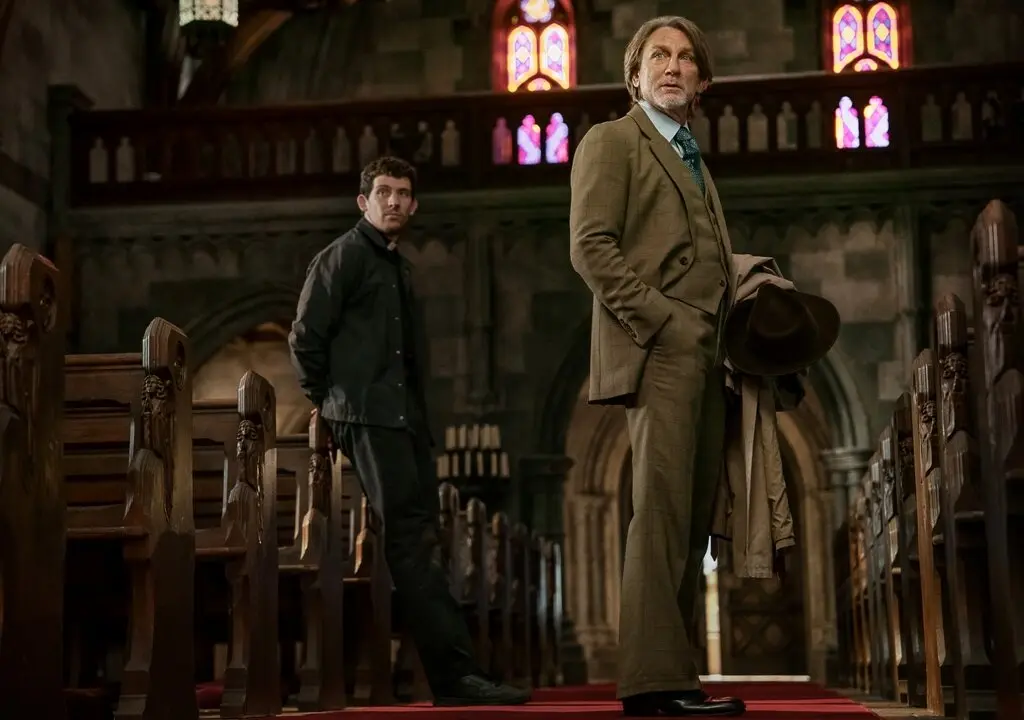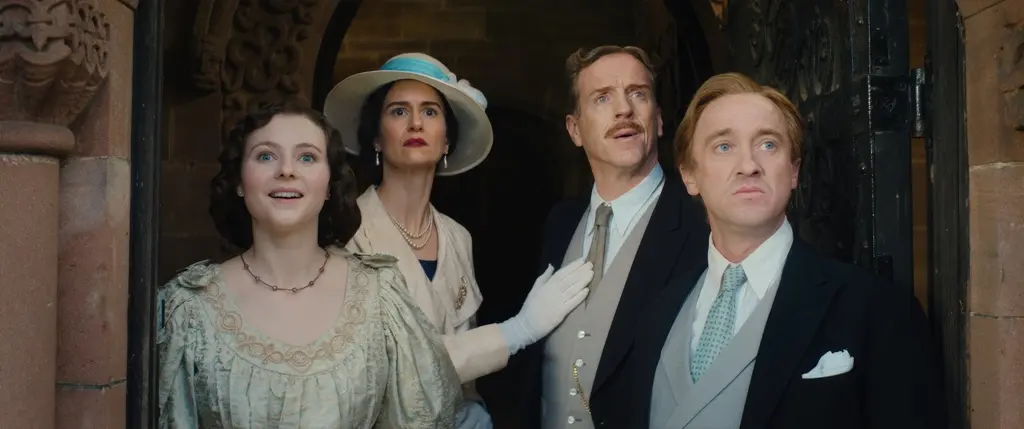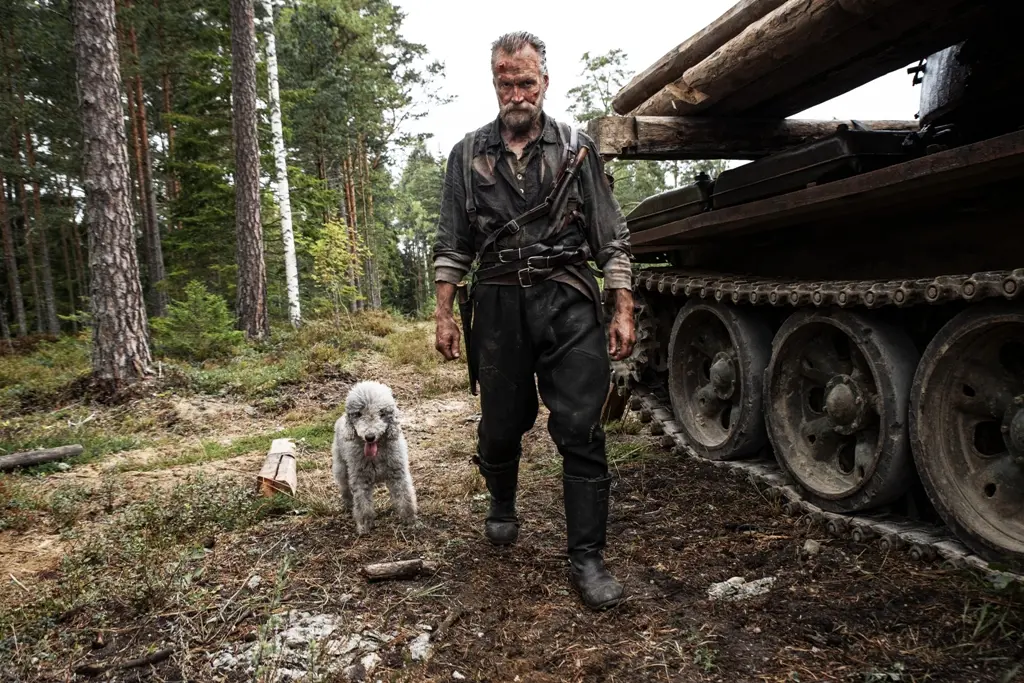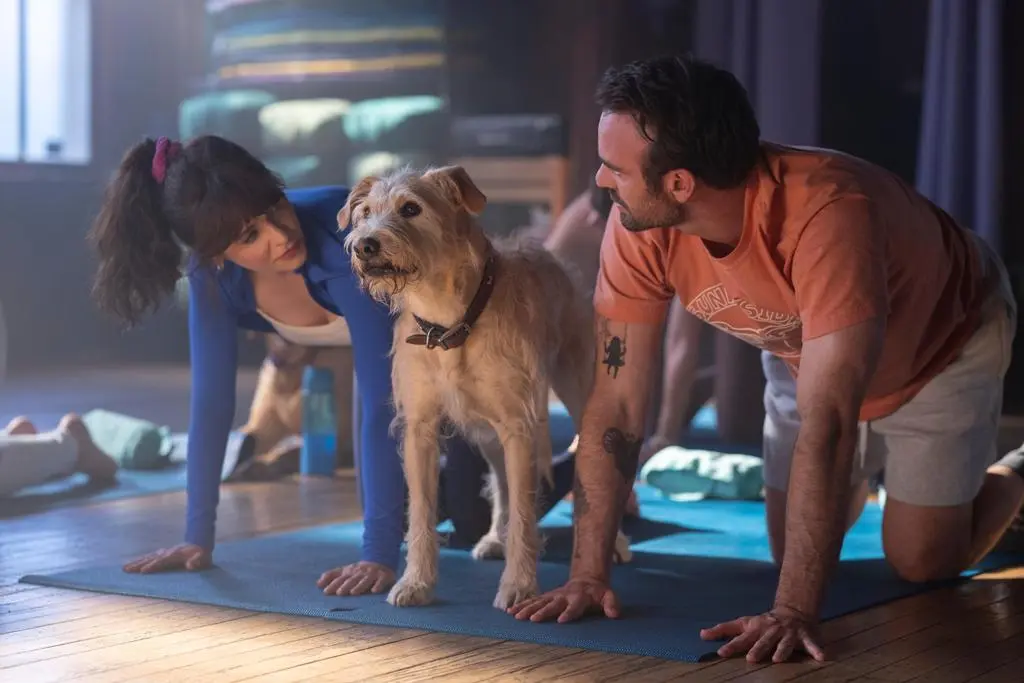Perhaps the first reality TV star, French oceanographer Jacques Cousteau introduced multiple generations to the wonders of the deep. As ripe and deserving a candidate as any for the subject of a documentary, this production—a joint venture between Disney and National Geographic—reveals the details of Cousteau’s lesser-known private life and his extensive work as a filmmaker and producer.
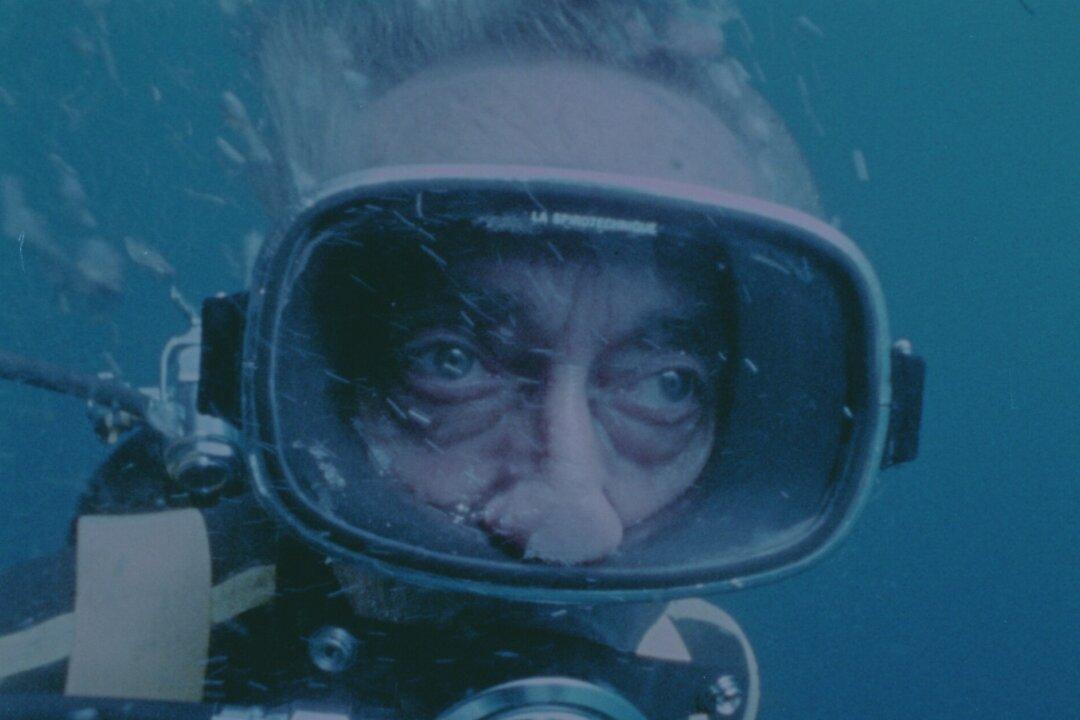
Jacques Cousteau brought the depths of the sea into our living rooms. The Cousteau Society/National Geographic Documentary Films
|Updated:
Originally from the nation's capital, Michael Clark has provided film content to over 30 print and online media outlets. He co-founded the Atlanta Film Critics Circle in 2017 and is a weekly contributor to the Shannon Burke Show on FloridaManRadio.com. Since 1995, Clark has written over 5,000 movie reviews and film-related articles. He favors dark comedy, thrillers, and documentaries.
Author’s Selected Articles


